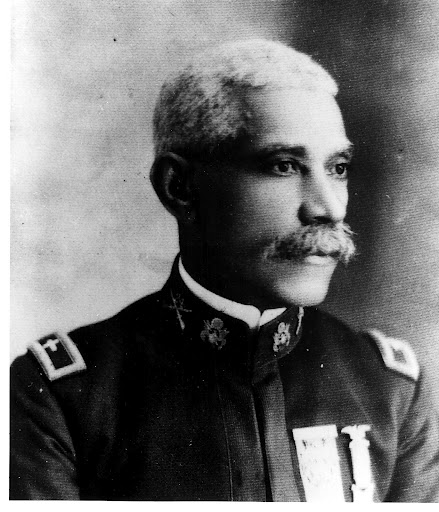BmoreGorilla
Veteran
I made a thread about this in the Booth but it works so well here 
So proud to be just who I am so proud to say that Im me

So proud to be just who I am so proud to say that Im me




 Imma be here for some time
Imma be here for some time
how did they do this. ?Allen Allensworth, was notable for founding the township of Allensworth, California in 1908; it was intended as an all-black community at the turn of the 20th century. It was the only California town to be founded, financed and governed by African Americans.
@bdizzle

how did they do this. ?
By pooling there resources together, only mistake they made was picking land that wasn't fertile, farming was supposed to sustain them



I never knew a black man made the ice cream scoop. I'm about to eat some cookies in cream in his honor
Alfred L. Cralle (September 4, 1866 – 1920) an African-American from Virginia, who became an inventor and businessman in Pittsburgh, Pennsylvania. He is best remembered for inventing the ice cream scoop in 1897.
Alfred L. Cralle was born in Kenbridge, Lunenburg County, Virginia in 1866 just after the end of the American Civil War (1861–1865). He attended local schools and worked with his father in the carpentry trade as a young man, becoming interested in mechanics.
He was sent to Washington, DC where he attended Wayland Seminary, one of a number of schools founded by the American Baptist Home Mission Society to help educate African-Americans after the Civil War. He later settled in Pittsburgh, Pennsylvania where he first served as a porter in a drug store and at a hotel.
It was while working in Pittsburgh as a porter that Cralle noticed that ice cream, which had become a popular confection, was difficult to dispense. It tended to stick to spoons and ladles, usually requiring use of two hands and at least two implements to serve. To overcome this, he invented a mechanical device now known as the ice cream scoop and applied for a patent. On February 2, 1897, he was granted U.S. Patent #576395.
Cralle’s ingenious invention, originally called an “Ice Cream Mold and Disher” was designed to be able to keep ice cream and other foods from sticking, and easy to operate with one hand. Strong and durable, effective, inexpensive, it could be constructed in almost any desired shape, such as a cone or a mound, with no delicate parts that could break or malfunction.

